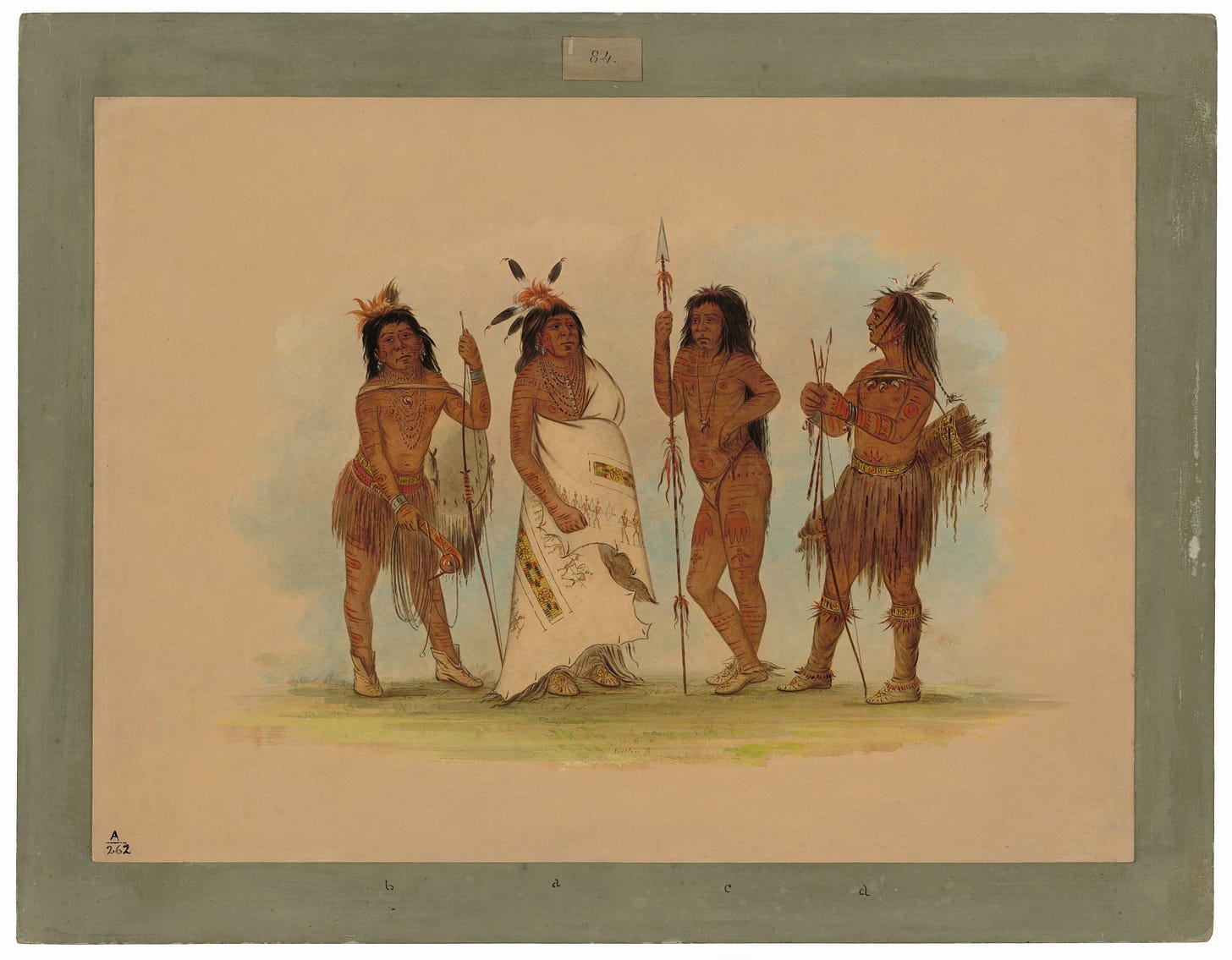
Family to me, will always be, my blood family. My foundation. Since my creation. First and foremost. That’s just how I was raised. Second is my street family. My hood. The neighborhood I grew up in, Felony Flats. My Tribe, all the people who looked out, my roots. But something happened in the past eleven years, I’ve found yet another family, my Prison Family. Family is very important to me. Family is very important to me. Family is sacred. My mother is from the Islands and she brought me up with a very strong sense of family. Of course, God comes first! Family is very, very close second. So… that’s how I’ve always kept it. This environment makes it difficult: the cost of phone calls and video visits; the ridiculous rules and regulations with snail mail; the long road trips our families must take, just to see us for what seems a brief yet wonderful and fleeting moment.
You have no choice but to adapt. You learn. Creating a Family Circle within these walls is a real thing. But who do you let in? Who can you trust? Growing up the way I did, I learned quick that you can’t trust anyone — sometime not even your own family. Inadvertently they could be your worst enemy. It’s always been very hard for me to open myself up to others, especially enough to (eventually) become family. I never thought in a million years that I would make family in prison. Yet, it happened. I’ve gained fatherly types. Many, many brothers, and as time passed and I grew older, I’ve had sons. Prison fathers, prison brothers, prison sons … It’s more than just friendship. It’s a bond that far exceeds fellowship. They become people we can count on, depend on, and even trust in.
These prisoners become my family. They know what it feels/felt like to be stripped of everything. Everything we were, everything we knew, and everything we ever loved taken away and then, thrown into darkness. These prisoners, these men become a light, a cornerstone for support. They are there for the highs, the lows, the rises, and the falls, the good, the bad, and the ugly. Vessels of understanding of what I was going through, unlike anyone else, but someone who is, or has been in this situation. The life of an inmate. I thank God for my new family, my prison family. They know nothing can replace our biological families and would never try. So I will pray for the day we are returned to our first families and until then I will internally cry. | KPA
KULA PAUL ADRIC WRITES FROM EASTERN OREGON CORRECTIONAL INSTITUTION IN PENDLETON, OREGON.
From the National Gallery of Art: During the mid-19th century, George Catlin created two large collections of paintings featuring portraits of Native Americans, genre scenes, and western landscapes. The first collection, which he called his "Indian Gallery," included more than 500 works completed during the 1830s. Most of the surviving paintings from this group are now at the Smithsonian American Art Museum in Washington, DC. During the 1850s and 1860s, Catlin created a second collection, numbering more than 600 works, which he called his "Cartoon Collection." The surviving works from this collection were acquired by the American Museum of Natural History in New York in 1912. Paul Mellon purchased more than 300 paintings from the Cartoon Collection when they were deaccessioned. In 1965, he gave 351 works from this collection to the National Gallery of Art.
When Catlin exhibited the Cartoon Collection in New York in 1871, he published a catalog listing all the works. The catalog entries often included additional information about the subject of each painting. Catlin's catalog entry for this painting follows.
"Cart. No. 84. Apáchee.
a. -- Be-las-o-qúa-na (-----); called the 'Spanish Spur' — chief of a band, celebrated for his battles with the Mexicans.
b. -- Nic-wár-ra (The Horse Catcher).
c. -- Nah-qúat-se-o (-----).
d. -- Hú-tah (-----); three warriors armed and equipped for war. 1855."
